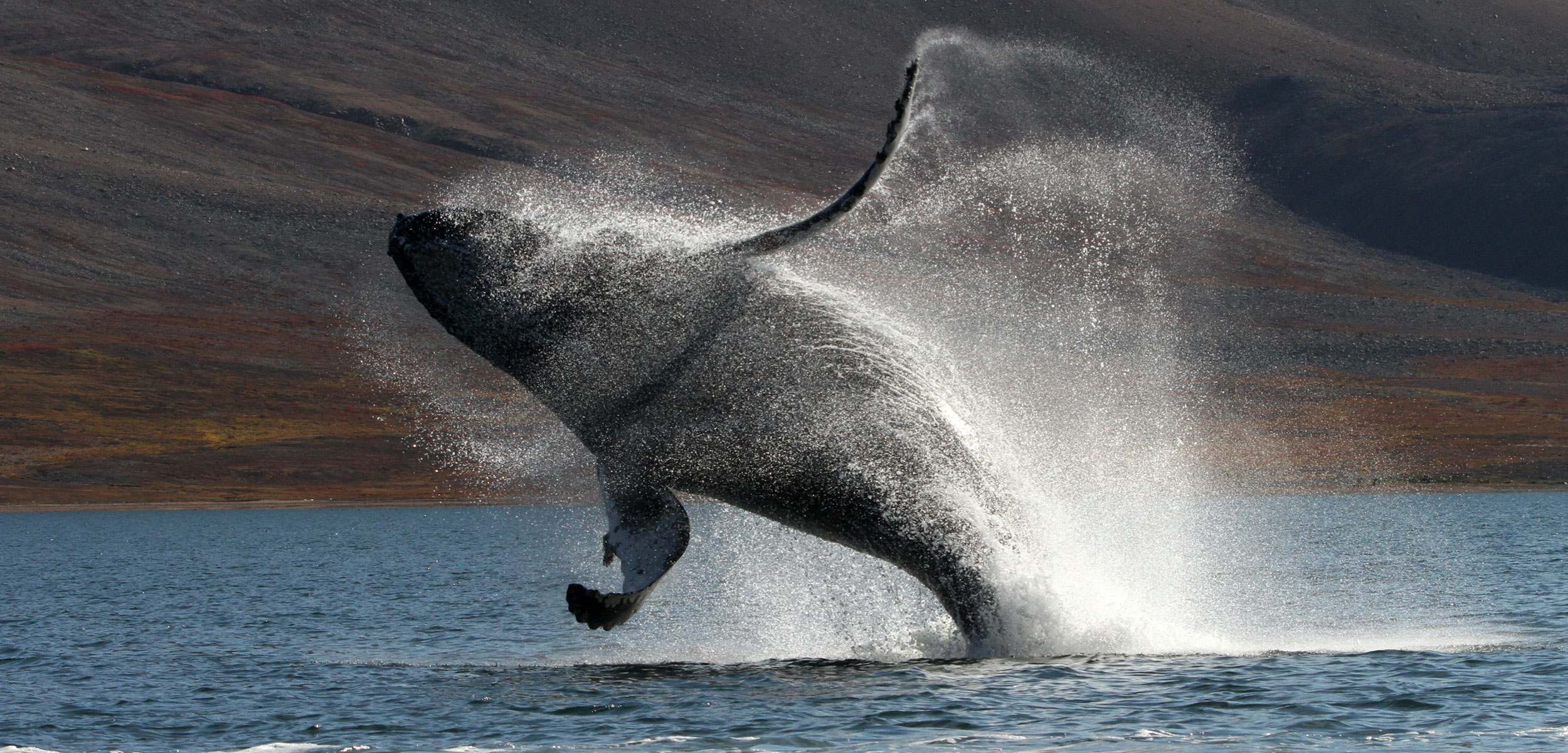Humpback Whales May Have a Secret Hideout
New research supports the theory of a hidden humpback breeding ground.
Article body copy
The humpback whales that summer in Russia’s Far East are among the least studied of their species. Now, new research that uses photo ID to track the locations of individual whales has added significantly to what’s known about this remote population. The research has also led to renewed interest in the curious hypothesis that there is a secret, undiscovered humpback whale mating ground somewhere in the North Pacific.
The researchers used photographs of whale flukes to identify 1,459 individual humpbacks that were in the water off eastern Russia in the summers of 2004–14. But when they compared those photos to ones of the whales taken at known winter breeding grounds, only about 10 percent of the whales could be accounted for. The finding supports the theory of the undiscovered mating ground, an idea first put forward more than a decade ago.
“It’s a topic of ongoing discussion and debate,” says Marc Lammers, a cetacean biologist and research coordinator for the Hawaiian Islands Humpback Whale National Marine Sanctuary, who was not involved with the study.
Humpback whales are big, hard-to-miss animals, and it’s odd that hundreds of them may be gathering for an annual mixer in a spot unbeknown to us. In known breeding grounds such as those in Hawai‘i and Mexico, visiting whales are regularly monitored and photographed by researchers and eager whale watchers. It’s possible the humpbacks’ hidden retreat is somewhere far from prying eyes.
One idea is that the whales are spending their winters near Guam or the Marianas Islands. Another is that they’re hanging out somewhere in the remote Northwestern Hawaiian Islands. Whales have been spotted in these areas, but there aren’t enough eyes on the water to determine if one of them is the missing humpback hub.
“These are remote areas, and in some cases, we’re not even talking about inhabited islands,” Lammers says. “There are banks and in some cases seamounts that might serve as breeding habitat. So they could literally be anywhere there’s a reasonable amount of shallow water.”
Because of the Russian whales’ remote location in challenging ocean conditions, they’re particularly difficult to study says Olga Titova, a researcher with the Russian Cetacean Habitat Project and lead author on the paper. “The greatest challenge in our fieldwork is unstable and unpredictable weather at sea,” she says in an email. “Fog, wind, waves.”
The idea of a hidden humpback breeding ground was first proposed in 2006, by researchers working on the Structure of Populations, Levels of Abundance and Status of Humpback Whales (SPLASH) study, which surveyed humpback populations across the North Pacific. That project counted only 222 humpbacks in Russian waters, and raised the question of where those whales were spending the winter months. The new research, Titova says, “confirmed and extended the results obtained by SPLASH.”
Along with finding supporting evidence for the hidden whale mating ground, the new study also confirms that humpback populations intermingle. Humpback whales that summer in Russia and those that feast in Alaska both show up in breeding grounds in Hawai‘i and Mexico.
But finding out where the rest of the Russian whales are going may also help solve a mystery in Hawai‘i. For the past two winters, fewer humpbacks showed up in Hawai‘i than expected. Scientists are still trying to figure out if the population dropped, or if the whales went someplace else. Finding the secret winter breeding ground could be the first step toward answering that question, Lammers says.
“One possibility is they’re shifting to other locations, but it’s hard to know for sure unless we know where all the possible locations are,” he says.

